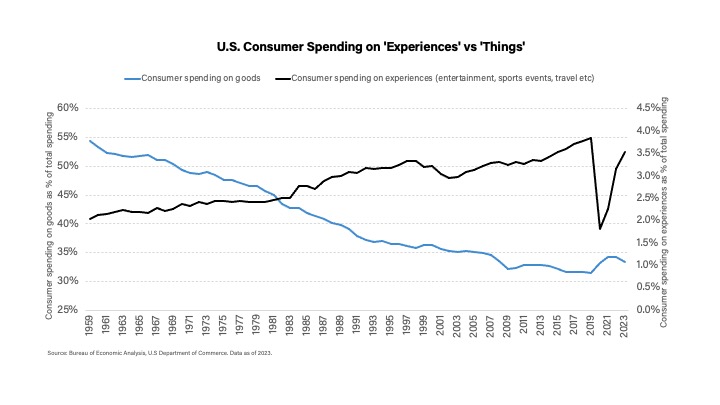The Skift’s State of Travel 2024 report is largely considered to be one of the most popular barometers of travel for the global travel industry.
The latest iteration has highlighted several shifts that directly impact the Australian travel industry such as the rising popularity of trips to Asia. Whilst Europe is still the top destination for travelers, China and India are rapidly rising as a destination for outbound travellers.
The report also showed that even though international travel is expected to be near pre-pandemic levels this year, 60 per cent of tourism experts ranked rising costs as a main contributor slowing return to international travel. One factor driving up costs is that tourists are more health-conscious following the global pandemic.
The three other top trends identified by Skift in the US are:
1. The rise of experiential travel
One of the “most significant shifts” observed is the growing focus on experiences over material goods. Consumers are increasingly prioritising “unique, memorable encounters over traditional travel consumption“.
Rather than being a trend, this move is changing the entire industry. A McKinsey report has shown that the experiential travel marker is projected to exceed US$1 trillion by 2025.
The above chart (published by Skift) shows how consumer spending is rapidly moving to experiences such as entertainment, adventure travel, and personalized excursions. It will be vital for travel companies to embrace this shift by offering more curated, personalized experiences.
2.More people will be booking via social media
A US trend relevant to agents here is the rise of direct booking. Before Covid the amount of travel booked through agents and directly was round equal. This has shifted since the pandemic however with 51 per cent of respondents reporting an increase in direct bookings driven by factors such as price, deals and customer service.
A parallel trend is younger customers feeling safer booking travel directly from social media. Skift data showed that 34 per cent of travelers feel “very comfortable”” booking directly through Instagram, Facebook, and YouTube.
Comfort booking through high-priced services, such as flights and hotels, through social channels is on the up.

3. A change in loyalty dynamics especially amongst younger travellers
Interest in loyalty programs seems to be decreasing. A study by McKinsey & Company showed that less customers were likely to recommend airport loyalty programs, even though the amount of people recommending the airline has remained stable.
Skift Research’s report Exploring Gen Z and Millennial Travel Habits found that only 9 per cent of travelers join loyalty programs out of brand loyalty, with mot choosing discounted options instead.

The full report is available here.
Images are for reference only.Images and contents gathered automatic from google or 3rd party sources.All rights on the images and contents are with their original owners.



Comments are closed.